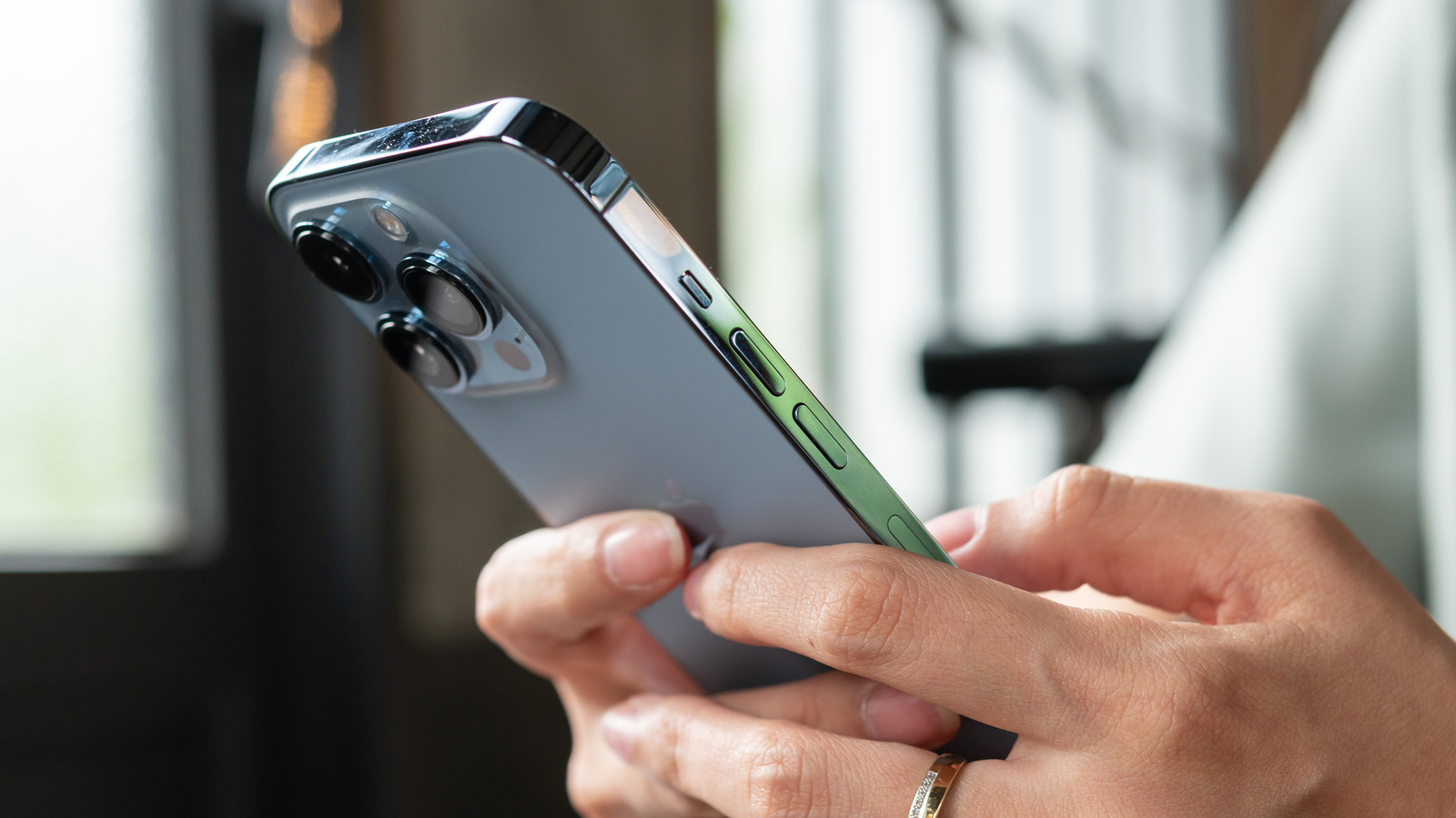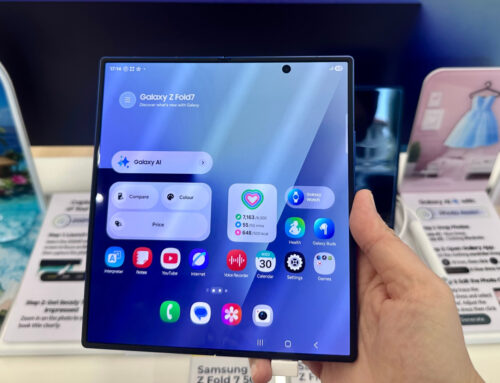Stnazkul/Getty Images
Smartphones are among the most indispensable of devices that many of us utilize on a daily basis. It can be difficult to imagine spending a day, or even a bathroom break, away from them. Apple’s iPhone family is very prominent among the smartphone-owning population, with Statista reporting that Apple’s phone took up 48.7% of the smartphone share in 2022.
That’s an awful lot of iPhones — about 120 million of them in the U.S. alone. For any business, of course, it’s important to spend money to make money, which raises an interesting question: What kind of profit may Apple have made from the success of the device?
An iPhone doesn’t tend to come cheap, but it’s important to understand approximately how much these phones cost the company to produce in the first place. While Apple doesn’t release precise data regarding the costs of building the devices, estimates and details are available that can paint a vivid picture of its manufacturing costs.
The cost of producing iPhones over the years
Wirestock/Getty Images
Any smartphone comprises a range of sophisticated components all housed together in one frame. In the case of the iPhone 13 Pro, for instance (thanks to the Statista infographic below), they include the A15 Processor built by Apple, a LIDAR-Scanner, and the Display Port Interface, among others — not to mention the more obvious elements like the battery and display themselves. Assembling these parts can be a costly business.
Sophisticated components, naturally, contribute to higher costs. In 2017, Andrew Rassweiler of IHS Markit (now S&P Global) tore down the iPhone X in an attempt to create the approximate bill of materials for manufacturing. Stating in a Business Wire press release, “the [iPhone] X’s superior screen and TrueDepth sensing set the phone apart and contribute to its higher cost.”
This increased cost applies to both manufacturer and consumer. The A1865 iPhone X retailed at $999, but according to IHS Markit at the time, the manufacturing cost Apple approximately $370.25 from the materials alone.
Bank My Cell compiled IHS Markit bill of materials estimates for other iPhone models, and there are some very interesting conclusions to be drawn. The original 2007 iPhone, according to the report, cost $217.73 to make, and sold for $499. This retail markup of 129.18%, it seems, would be the lowest until 2019’s iPhone 11 Pro Max — with a retail price of $1099, and an estimated $450.50 adding up to a 124.06% increase.
Mark-ups don’t directly equate to profits
Stockfoo/Getty Images
Bank My Cell went on to conclude, using IHS Markit estimates, that the iPhone 3G had the greatest mark-up of any model since (for which estimates were available at the time): 260.17%, the result of a $166.31 bill of materials, versus a $599 sale price for the 3G 8GB.
The iPhone 14 Pro Max, Counterpoint determined in February 2023, costs Apple $464 to produce. At 128GB, this model retailed for $1,099. The iPhone 15 Pro Max begins at $1199, and it’s a little early at the time of writing to estimate Apple’s costs involved with the newest device. Older iPhone models, however, can still perform well if taken care of, and could save smartphone buyers some money.
Though the disparity between the price of the components and the sales price of an iPhone are clear, the difference shouldn’t be interpreted as simple profit for the company. After all, these approximate values take into account only the component costs, and not the numerous other expenses Apple likely covers.
Advertising, for instance: In 2015, it emerged that the company had boosted its advertising budget to $1.8 billion dollars. There’s also the large Apple workforce, which Statista reports stood at 164,000 people as of 2022.
Producing iPhones, all in all, can be rather expensive — and purchasing them much more so. There’s much more to the equation than this disparity, though.







